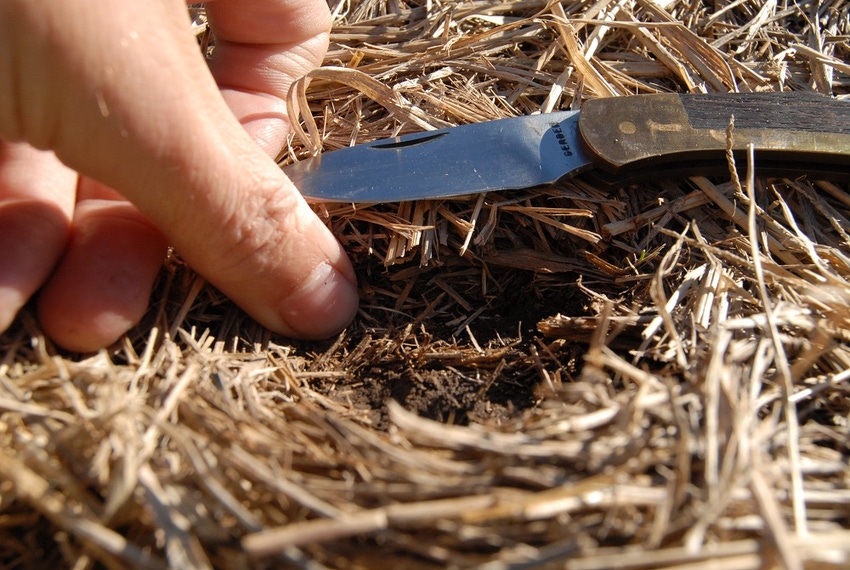
A new report defines rangeland decline over a period of 22 years by a decreasing amount of crude protein (CP) and overall nutrition present in manure sampling.
This should be no surprise if you pay attention to what's going on. We have known from limited science and from vast empirical data that stocking rates have been dropping for 100 years or so, pretty much throughout the time European-ancestry settlers have controlled the Great Plains. Incidentally, most of the data collected by the Grazing Animal Nutrition Lab at the Texas A&M AgriLife Research and Extension Center in Temple, Texas, was from "unimproved" forage sites in the Great Plains. The data was collected and analyzed by scientists from Texas, Kansas and Maryland.
If stocking rate is declining, of course forage quality is declining, along with soil life.
Just in case you struggle with these concepts, I'll offer a brief description of what's happening: Continuous grazing, practiced across the vast majority of the nation's land mass, keeps some plants in a constant state of weakened leaf shortage. Leaves are a plant's solar panels by which it captures sunlight and converts it to carbohydrates, which it uses for food and building blocks, and also trades with underground life for other nutrients which the plant is not so good at collecting on its own. These portions of the overgrazed pastures are also much more susceptible to overheating by the sun, which kills soil life, and to drying out too quickly, which kills soil life, and to release of carbon-based gases and other compounds, which robs soil life of needed nutrients. They are also more prone to erosion, which carries away soil and soil life.
The under-grazed plants become old and begin to die, so they no longer function well in soil life nutrient and water cycling.
Hence, we now have data from this Texas study showing a decline in forage quality, primarily represented by decreasing CP and digestible organic matter (DOM) rankings.
Of course, with the usual bias toward seeing protein as the number one factor in forage quality, the scientists noted over the 22 years the available crude protein decreased 1%. They went on to quantify the losses in production from protein alone, and also to say that DOM is not very important.
I disagree and have written many times that the energy content of forages is nearly always limiting, whereas protein is only limiting at certain times of the year if it falls below the threshold for the production class and stage of the animals in question.
In the end, the researchers looked not for solutions but band-aids, as one might expect. They wrote: "If the drivers of the reduction of protein in plants cannot be identified and reversed, or adaptation strategies enacted, the protein debt is only likely to grow, which might begin to cause a net decline in cattle production barring further improvements to cattle genetics."
Their suggested solutions?
"In response to declining forage quality, managers could also opt to increase the use of N fertilizer for hay production, promote N2-fixing plant species, increase transport of hay and supplemental feeds, and/or increase the seasonal transport of animals from lower protein areas to higher protein areas."
There are real solutions that we've been writing about for many years here at Beef Producer. Change the way your cattle graze. Control when and where they go, either with fences or herding, thereby giving plants a limited exposure to grazing and ample but varied recovery times after grazing. This is the basis for all the grassland quality solution we could ever need.
About the Author(s)
You May Also Like




